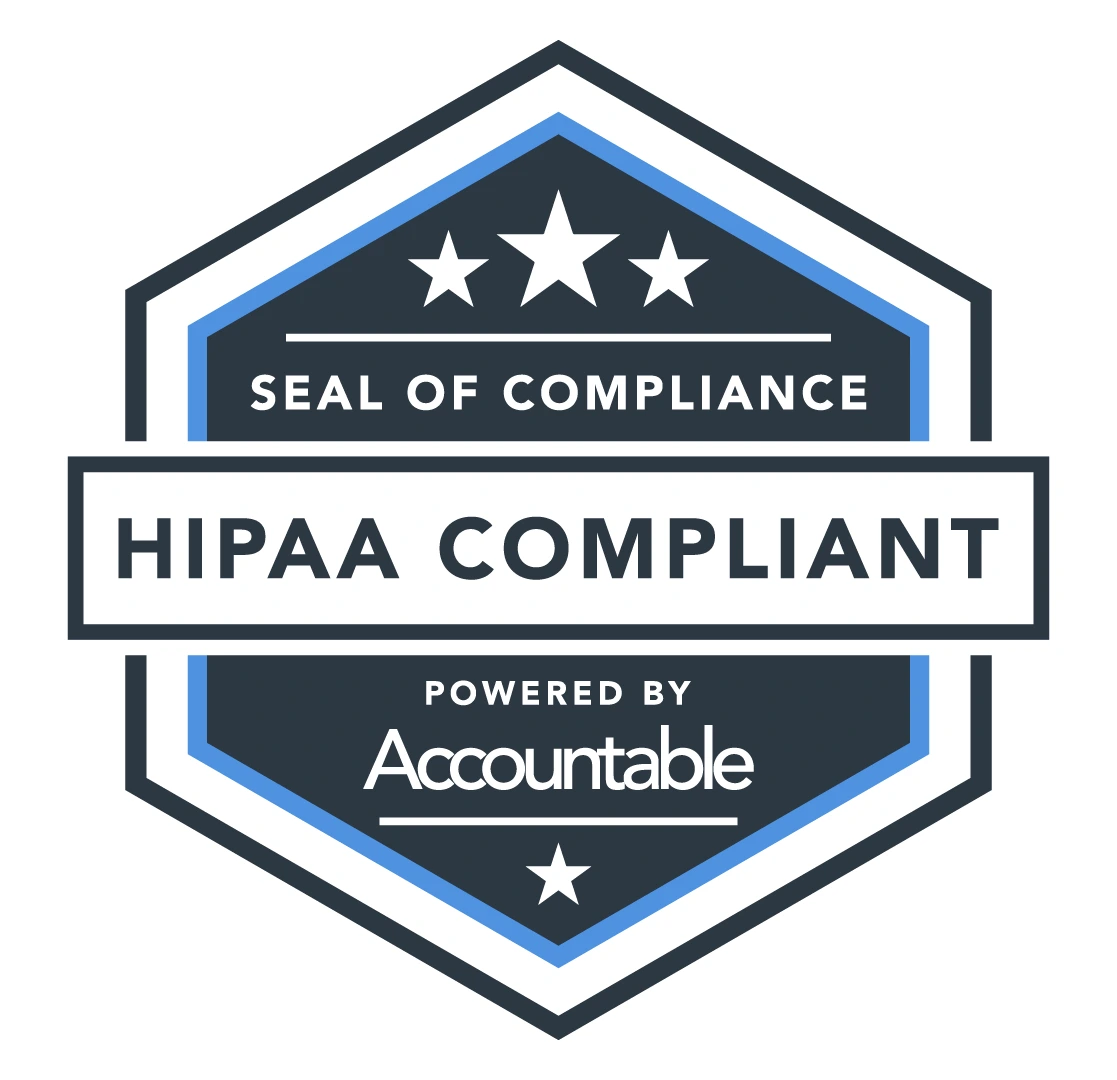Post Views: 394
Tooth infections, gum disease, and other common concerns can lead to disruptive, painful, and even dangerous toothaches. So, what should you do when throbbing discomfort or sharp pain sensations start coursing through your jaw?
Try to Identify the Cause
Look in your mouth and see if there are any visible changes or concerns. For example, if your gums look swollen and inflamed, and are sensitive to the touch, you may be experiencing symptoms of an infection or gingivitis. If you suspect that infection may be the source of discomfort, accessing an online prescription for tooth infections is often the best solution. Instead of waiting days for a scheduled dental visit or spending hundreds on an emergency dental service, our online physicians can provide comprehensive support for common infections.Seek Professional Support
If your toothache is caused by other factors such as a broken filling or fractured tooth, hands-on expertise from a dentist is the only option. If you are unsure and don’t want to wait for an in-person appointment, our experienced dental specialists can quickly help you narrow down the possibilities with an online consultation. We’ll help you evaluate all symptoms, walk you through self-examination techniques, and provide you with professional recommendations or a prescription if an infection is causing your discomfort. In addition to seeking professional support, what else can you do to reduce the pain and risks of recurring toothaches in the future? Try these helpful techniques and get in touch with WebDoctors if you are still experiencing discomfort or any other distressing oral symptoms.Flush & Clean Your Mouth Thoroughly
Eliminating the source of the problem is the first step. Since the majority of toothaches are caused by poor oral hygiene, it’s time for a deep clean. After completing thorough flossing and brushing, start by rinsing your mouth for 30 seconds with warm salt water to soothe inflammation and reduce irritation. After the salt rinse, here are some of the best options for completing your oral deep cleaning:- Flush your mouth with hydrogen peroxide for 30-60 seconds: A 1:1 ratio of water and hydrogen peroxide is one of the best oral antiseptic options available. Unlike harsh alcohol or chemical mouthwashes that can cause further irritation and kill the healthy bacteria in your mouth, hydrogen peroxide solutions are both gentle and effective in restoring a healthier oral baseline.
- Perform a coconut oil pull: Coconut oil absorbs toxins and bacteria, and reduces inflammation. Like swishing mouthwash, swish ½ to 1 tablespoon of extra-virgin coconut oil for 5-20 minutes. Since the oil absorbs toxins and bacteria, do not swallow the oil after pulling. Be sure to spit the oil into the trash or another container since coconut oil can clog drains after hardening.
- Apply clove oil to the infected area: Both a natural analgesic and antibacterial compound, use a cotton ball to apply a small amount of pure clove oil directly to the inflamed site to aid in the relief process.
- Use a cold compress: Apply a cool compress or cold pack to the side of your cheek to reduce swelling and discomfort. Only apply a cold compress for up to 20 minutes at a time with at least 20-minute breaks between each application to avoid skin damage.
- Try over-the-counter pain relievers: Ibuprofen, acetaminophen, or aspirin can also help to provide temporary relief. NSAIDs like ibuprofen also help to reduce inflammation.











